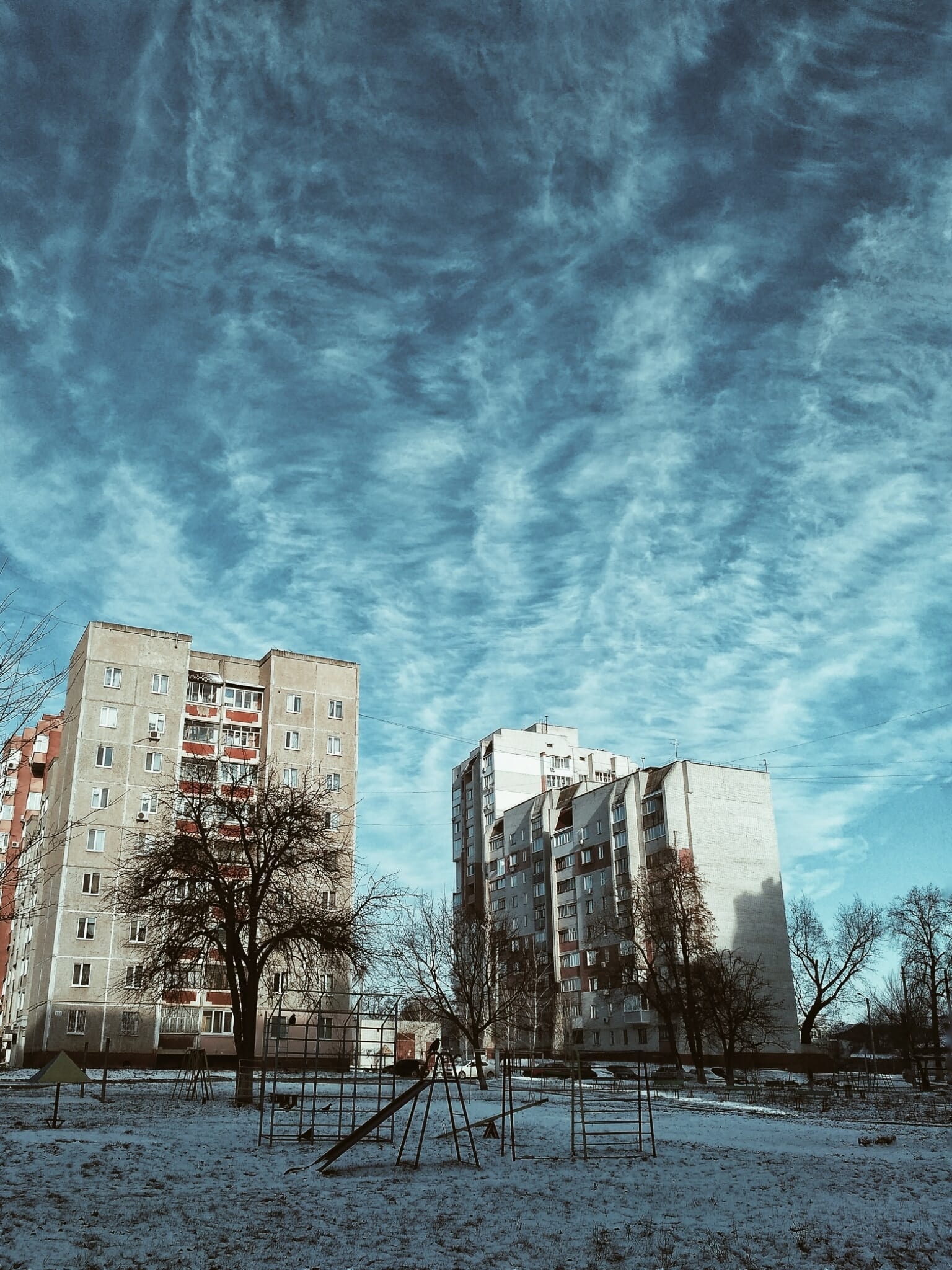HUD Inspections are Flawed and Renters Endure Unsafe Conditions
Apartment complexes subsidized by HUD are home to more than two million low-income families across the United States. Some are run by public housing authorities, and others are owned by private landlords. Owners must pass inspections showing their buildings are safe and sanitary in exchange for millions of dollars in subsidies each year. But, passing scores on HUD inspections often don’t mean livable conditions for renters.
HUD has given passing inspection grades for years to dangerous and unsanitary complexes infested with rats, roaches, bugs, mold, and exposed lead-based paint. People with disabilities have been stranded in high-rise apartments without working elevators and raw sewage often backs up into bathtubs and drinking water. The agency has also passed buildings where ceilings are caving in and heat and appliances won’t work.
HUD’s inspection system “is pretty much a failure,” and the agency’s staffing levels after budget cuts are “wholly inadequate” to assess properties, said Sara Pratt, a former senior HUD official. Kate Walz, director of housing justice with the Sargent Shriver National Center on Poverty Law, said, “We just shake our heads sometimes.” She added, “Some owners fail an inspection and they have a great building, and some owners pass it, and they have just a horrible building. We’re running up against this all the time.”

Nearly one in five of the 43 million renters in the U.S. spend more than half of their income just on housing, according to a report released by The Pew Charitable Trusts. Many choose to stay where they are and endure their conditions because they simply cannot afford to leave. That’s why it’s critical that HUD ensures the safety and stability of units available to low-income families.
Last month, Secretary Ben Carson shared a two-page statement on Twitter that said he “directed a wholesale reexamination” of how the department conducts inspections. Carson said the agency is exploring “immediate improvements and those refinements over the long-term.”
It’s about time. “HUD has been plagued for years by scandal and mismanagement,” former HUD Secretary Andrew Cuomo told lawmakers during a Senate hearing in 1997. “At the time, if you knew HUD at all, you knew it through its failures.”
Congress cut a quarter of its annual budget and ordered a hefty downsizing in the 1990s, and the agency’s workforce has been reduced by more than half since the mid-1980s, from roughly 17,000 to about 8,000. Housing conditions took a hit as resources dwindled.
HUD has continually fielded complaints about flaws with its system, particularly related to its complicated scoring algorithm that is supposed to differentiate between unsafe properties and safe ones, said Mike Gantt, senior vice president of The Inspection Group. “Many people have believed these scores to be largely meaningless for nearly 20 years, and this includes many HUD officials who will say so privately,” Gantt said. “This is not a newly discovered problem. Any claim to the contrary amounts to a cover up or ignorance of historical fact.”
Yet, even as HUD is making promises to enact new standards and reforms, years of inflated scores assigned to unsafe units has caused harm that will be nearly impossible to reverse. Significant damage has already been done.
Sources:
HUD’s defective inspection process allows ramshackle housing to fester for years


Join the conversation!